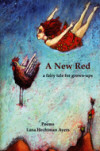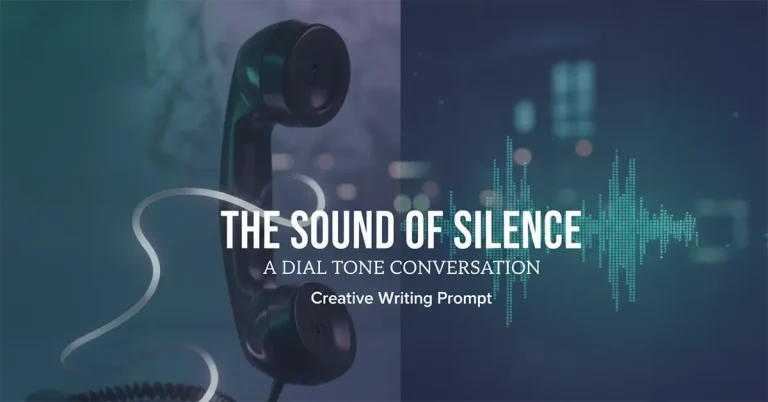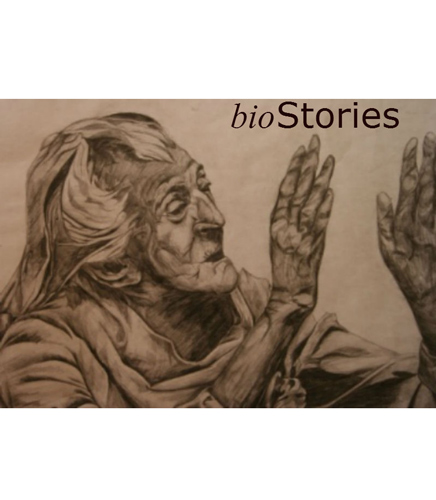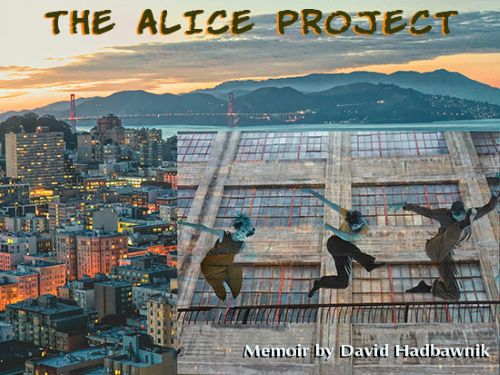Once upon a time there was a poetry book that re-imagined the popular fairy tale “Little Red Riding Hood” in a modern context through more than 120 pages of Red Riding Hood poems divided into nine chapters. Most of the poems, with a few exceptions, were introduced by titles in the present tense announcing an act by Red Riding Hood or one of the other familiar characters from her story (“Red Riding Dreams of Another Winter,” “Red Riding Hood Ends Up with the Hunter”; “The Hunter Has His Say”).
Once upon a time there was a poetry book that re-imagined the popular fairy tale “Little Red Riding Hood” in a modern context through more than 120 pages of Red Riding Hood poems divided into nine chapters. Most of the poems, with a few exceptions, were introduced by titles in the present tense announcing an act by Red Riding Hood or one of the other familiar characters from her story (“Red Riding Dreams of Another Winter,” “Red Riding Hood Ends Up with the Hunter”; “The Hunter Has His Say”).
The narrative unfolds in the first-person voice of Riding Hood in the present tense—with occasional breaks for poems in the voice of the other characters—which gives the story a sense of dynamic forward motion and immediacy. The poems are deliberately and tightly structured, some in couplets, some in strophes of three lines, some in four, some in five, some (like the first one about winter) in six line stanzas. Riding Hood’s story is framed by epigraphs from a variety of wildly different sources including Rilke, Emily Dickinson, Albert Einstein, singer/songwriters Lucinda Williams and Bob Dylan, comedian George Carlin, Sappho, Adrienne Rich, and many others. And Red’s story includes, as well, references to the stories of other famous girls and women, including Rapunzel, Cinderella, Eve (of Adam and…), Salome, Gretel (of Hansel and…), and Philomena, among others.
In Riding Hood’s modern incarnation she copes with many of the issues we modern women face: emotionally damaged parents; grandmothers dying of terminal diseases; our relationships with men; our relationships with female friends; body image (we’re always too “fat, fat fat”); the hours spent at thankless or troubling jobs (taking care of other women’s children all day long, for example); and naturally, the images we see of ourselves in stories that have popularized who we have been and who we are and who me might become. Unlike “little” Red of the original story, who was earnest and naïve, grown-up Red is often sarcastic, witty, and innocent only of her own motives and not always even then.
After her adventures (which include marriage and an affair), Red Riding Hood concludes:
I used to envy those women in romance
novels, the exotic places they dashed
off to, the men who expended all that
energy falling in love with them.
No more. Now my heart tells me
where, my feet lead me there.
I have been out of back-roads alone,
zigzagging the sun-split countryside
finding sundry places for my art—
bones and burls, seeds and oddments.
I’m making friends in unlikely places.
…
I’m heading home again through Wyoming,
to the place where three rivers interlace, where forest
deepens with Limber pine and timber-wolf-women spirit.
If you go there, kindly find me by the welcome sign I’ve honed
from salmon scales, reclaimed bones and sea glass, and say hello.
By the end of the story, it seems that Red Riding Hood has learned something important about herself. Nevertheless, we can only guess if she lives happily ever after.





